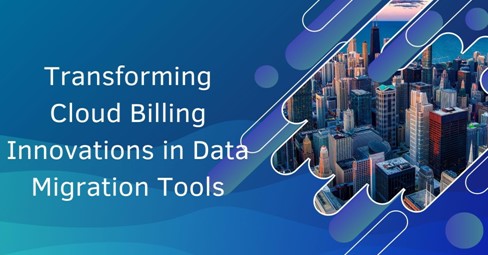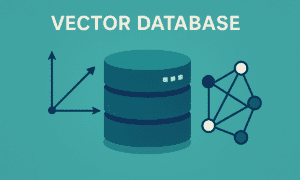In today’s fast-paced digital economy, cloud billing systems are undergoing a radical transformation as organizations move from outdated legacy frameworks to agile cloud environments. This shift is driven by the need for heightened operational efficiency, robust regulatory compliance, and seamless data integration. At the forefront of this revolution is Ravi Mani, a recognized leader in cloud computing and data migration. Drawing from his hands-on experience leading automation efforts that boosted efficiency by over 94%, he highlights how AI, automation, and metadata-driven strategies are simplifying migration challenges, enhancing data accuracy, and future-proofing systems in an increasingly cloud-centric world.
Addressing the Challenges of Data Migration
Migrating billing data to the cloud involves challenges like ensuring data accuracy, regulatory compliance, and minimizing downtime. With decades of complex financial data, organizations must address data volume, format diversity, and security requirements. Advanced solutions are necessary to integrate legacy data into the cloud, preserving integrity, compliance, and reducing disruptions while safeguarding business continuity through robust tools and strategies.
AI-Powered ETL Pipelines: Redefining the Future of Data Migration
Traditional Extract, Transform, Load (ETL) tools often struggle with the scale and complexity of billing data migration. However, AI-powered ETL pipelines are redefining this process. Innovations such as the Test Data Automation framework and the Data-Revival Tool have demonstrated how AI can automate data mapping, detect inconsistencies in real-time, and predict transformation needs using historical patterns. These advancements not only accelerate migration but also ensure unparalleled accuracy and scalability, far exceeding the capabilities of conventional ETL tools.
Automating Data Validation for Accuracy and Compliance
Maintaining data integrity during migration is vital. Automated data validation tools use real-time monitoring, checksum verification, anomaly detection, and compliance audits to identify and resolve errors, reducing discrepancies, enhancing accuracy, and ensuring regulatory compliance for a smoother cloud billing system migration.
The Role of Metadata-Driven Frameworks
Metadata-driven migration frameworks provide a structured approach to managing complex billing data. By utilizing metadata insights, these frameworks automate schema mapping, preserve data relationships, and dynamically adjust migration processes. Comprehensive data cataloging enables organizations to streamline migrations, enhance accuracy, and maintain consistency across platforms, ensuring a seamless and efficient transition to modern cloud-based billing systems.
Emerging Trends Shaping Cloud Billing Migrations
As digital ecosystems evolve, several groundbreaking trends are redefining how billing data is migrated to the cloud. These trends, particularly those driven by automation projects, are revolutionizing the migration process and reshaping the future of cloud-based billing systems.
- Hybrid Cloud Migration: Organizations are increasingly adopting hybrid solutions to transition in phases, minimizing disruptions while maintaining essential operations on-premises.
- Real-Time Data Synchronization: Continuous data updates between legacy and cloud systems ensure operational continuity and minimize downtime.
- Blockchain for Data Integrity: Secure, immutable records of data transfers enhance transparency and trust in the migration process.
- No-Code/Low-Code Platforms: These user-friendly solutions empower non-technical users to design and execute migration workflows without extensive coding expertise.
Overcoming Persistent Migration Challenges
Despite advancements, data complexity, downtime, and compliance concerns persist. AI-driven mapping, metadata frameworks, real-time synchronization, parallel processing, and automated compliance checks simplify migration, preserve data integrity, and ensure security through encryption.
Future Directions: What Lies Ahead?
The future of cloud billing migrations will be shaped by predictive analytics, blockchain integration, and serverless architectures.
- Predictive Analytics: AI-driven predictive models will anticipate potential migration risks, enabling organizations to preemptively address failures and streamline transitions.
- Blockchain Integration: Immutable audit trails will bolster security and compliance, particularly in heavily regulated industries.
- Serverless Architectures: On-demand, scalable computing resources will enhance migration efficiency and reduce operational costs.
In conclusion, advancements in data migration tools are revolutionizing cloud billing systems, enabling smoother, more secure, and highly efficient transitions. By leveraging AI, automation, and emerging technologies, businesses can minimize risks, enhance data accuracy, and maintain regulatory compliance throughout the migration process. Ravi Mani’s pioneering contributions, including automation frameworks that delivered over $60K in hard dollar savings for clients, play a crucial role in shaping the future of cloud-based billing. His leadership not only facilitates seamless and intelligent transitions but also sets new industry benchmarks. As organizations navigate this digital evolution, his expertise ensures they remain competitive, agile, and optimized for long-term success.































